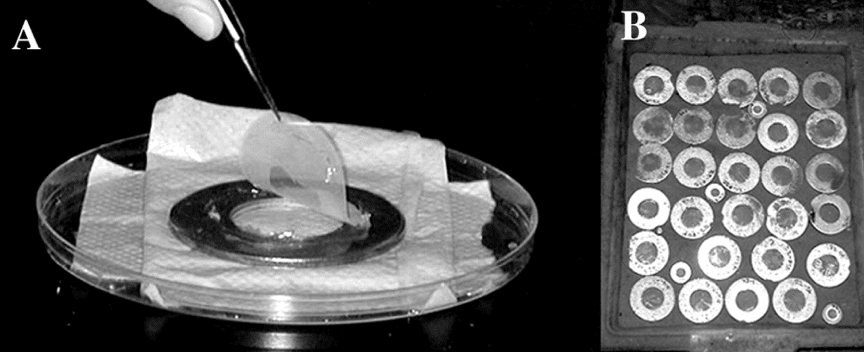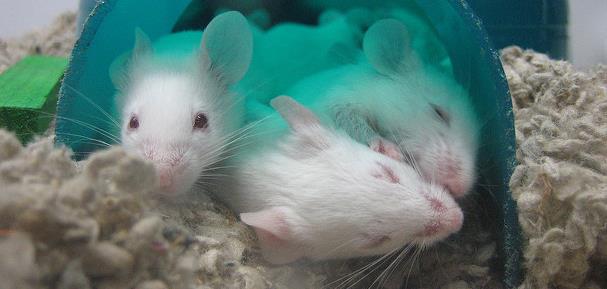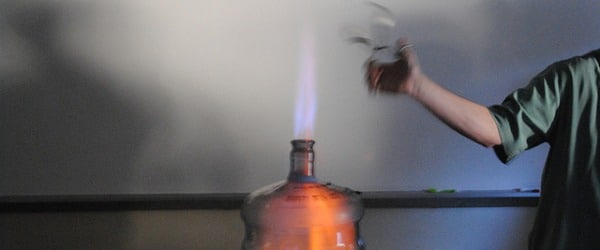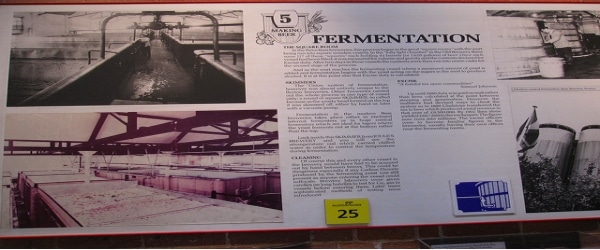As the vast majority of bacteria cannot be readily cultured in the laboratory [1], culture-dependent methods to investigate bacteria grossly underestimate the diversity of bacterial communities. To investigate unculturable bacteria without isolating them, culture-independent methods such as sequencing have been used. Unculturable bacteria can be identified by PCR amplification and sequencing of housekeeping genes such as the 16S rRNA gene [2]. Recently, next generation sequencing methods have enabled entire bacterial communities to be identified and characterized in a single sequencing run [3].
The Importance of Cultivating Unculturable Bacteria
Bacteria produce many novel molecules, and natural products from bacteria account for half of commercially available pharmaceuticals [4]. Hence, unculturable bacteria are a largely unexplored treasure trove for compounds such as antibiotics. Indeed, many species of bacteria, such as those in the gut and those that are pathogenic, have also not yet been cultured in the laboratory. Isolation of unculturable bacteria will pave the way to harnessing their biotechnological potential and facilitate a better understanding of their roles in the environment.
Why Are Most Bacteria Not Culturable?
Although culturing unculturable bacteria may sound like an oxymoron, it is not unreasonable to expect that they can be recovered from the environment under conditions that encourage growth…once these conditions are known. In fact, unculturable bacteria are more accurately referred to as “yet to be cultured bacteria”. There are several reasons why bacteria cannot be cultured using standard methods. Some bacteria are low in abundance and grow slowly, so they may be missed during standard microbiological cultivation. Others are fastidious and have specific growth requirements which must be strictly followed. Bacterial growth may also be inhibited by microbial competition and compounds produced by other bacteria [1]. Under environmental stresses and unfavourable conditions, bacteria may also enter the viable but not culturable (VBNC) state [5].
How Can We Encourage Unculturable Bacteria to Grow?
1.Reduce Competition and Inhibition
Several techniques have been developed to isolate unculturable bacteria from the environment. The underlying principle of isolation is the simulation of the bacteria’s natural environment to encourage growth. Most standard culture media used in the laboratory are nutrient-rich and promote the growth of faster-growing bacteria, outcompeting slow-growing bacteria. Several slow-growing bacteria from soil and water have been successfully isolated when diluted culture media was used. Reducing the community diversity to increase the proportion of slow-growing bacteria in the sample, separating cells of the desired bacteria species from other bacteria, and longer incubation times have also enabled such bacteria to be isolated [1]. Recently, it was discovered that agar by-products released during autoclaving react with the phosphate in the culture medium to produce hydrogen peroxide, which inhibits the growth of bacteria that do not produce catalase – an enzyme which breaks down hydrogen peroxide into water and oxygen. By autoclaving agar and phosphate separately, a greater proportion of novel bacteria from soil, sediment, and river samples were successfully isolated [6].
2.Supply Co-Factors and Growth Factors
Some bacteria require specific nutrients or chemicals for growth that are present in their natural environment, such as co-factors and growth factors. To expose bacteria to the complex mixture of growth factors, chambers which allow the passage of substances from the environment across a membrane have been used to encourage the growth of previously uncultured bacteria (Figure 1). These growth chambers are placed in situ in the environment or in simulated environments such as aquariums [2, 7]. Using this method, previously uncultured bacteria from soil and water have been isolated. Bacteria from aquatic and terrestrial environments can also be encouraged to grow in the laboratory by supplementing culture media with sterile fresh and marine water or soil extracts [8, 9, 10, 11, 12].

3.Co-Culture with Other Bacteria
Standard laboratory bacterial culture techniques often focus on obtaining and maintaining pure cultures of a single bacteria strain. However, it is important to remember that bacteria species usually do not exist in isolation in the wild (think: gut microbiota and the soil bacterial community). Many of these yet-to-be-cultivated bacteria have been isolated by culturing them together with other bacteria from the environment [2]. Bacteria in a community produce compounds which other bacteria depend on for growth. Hence, unculturable bacteria may require the presence of another bacterial species before they can be cultivated in the laboratory.
The ability to culture unculturable bacteria opens the door to the discovery of novel compounds and greater understanding of the roles that bacteria play in the environment. To isolate and culture unculturable bacteria, we need to change our assumptions of bacterial requirements and lifestyles. If we understand them and give them what they need, they will grow in the laboratory!
References
- Vartoukian SR., Palmer RM and Wade WG (2010). Strategies for culture of ‘unculturable’ bacteria. FEMS Microbiol Lett 309(1): 1–7.
- Stewart EJ (2012). Growing unculturable bacteria. J Bacteriol 194 (16): 4151–4160.
- Forbes JD, Knox NC, Ronholm J, Pagotto F and Reimer A (2017). Metagenomics: the next culture-independent game changer. Front Microbiol 8: 1069.
- Demain AL and Sanchez S (2009). Microbial drug discovery: 80 years of progress. J Antibiot (Tokyo) 62: 5–16.
- Kumar A, Ng D and Cao B (2018). Fate of Enterococcus faecalis in stormwater matrices under ultraviolet-A (365 nm) irradiation. Environ Sci: Water Res Technol 4: 639-643.
- Tanaka T, Kawasaki K, Daimon S, Kitagawa W, Yamamoto K, Tamaki H, Tanaka M, Nakatsu CH, and Kamagata Y (2014). A hidden pitfall in the preparation of agar media undermines microorganism cultivability. Appl Environ Microbiol 80(24): 7659?–7666.
- Kaeberlein T, Lewis K and Epstein S.S (2002). Isolating “Uncultivable” Microorganisms in Pure Culture in a Simulated Natural Environment. Science 296 (5570): 1127-1129.
- Nguyen TM, Seo C, Ji M, Paik MJ, Myung SW and Kim J (2018). Effective soil extraction method for cultivating previously uncultured soil bacteria. Appl Environ Microbiol 84 (24): e01145-18.
- Rappe MS, Connon SA, Vergin KL and Giovannoni SJ (2002). Cultivation of the ubiquitous SAR11 marine bacterioplankton clade. Nature 418: 630–633.
- Song J, Oh HM and Cho JC (2009). Improved culturability of SAR11 strains in dilution-to-extinction culturing from the East Sea, West Pacific Ocean. FEMS Microbiol Lett 295: 141–147.
- Stingl U, Cho JC, Foo W, Vergin KL, Lanoil B and Giovannoni SJ (2008). Dilution-to-extinction culturing of psychrotolerant planktonic bacteria from permanently ice-covered lakes in the McMurdo Dry Valleys, Antarctica. Microb Ecol 55: 395–405.
- Wang Y, Hammes F, Boon N, Chami M and Egli T (2009) Isolation and characterization of low nucleic acid (LNA)-content bacteria. ISME J 3: 889–902.







